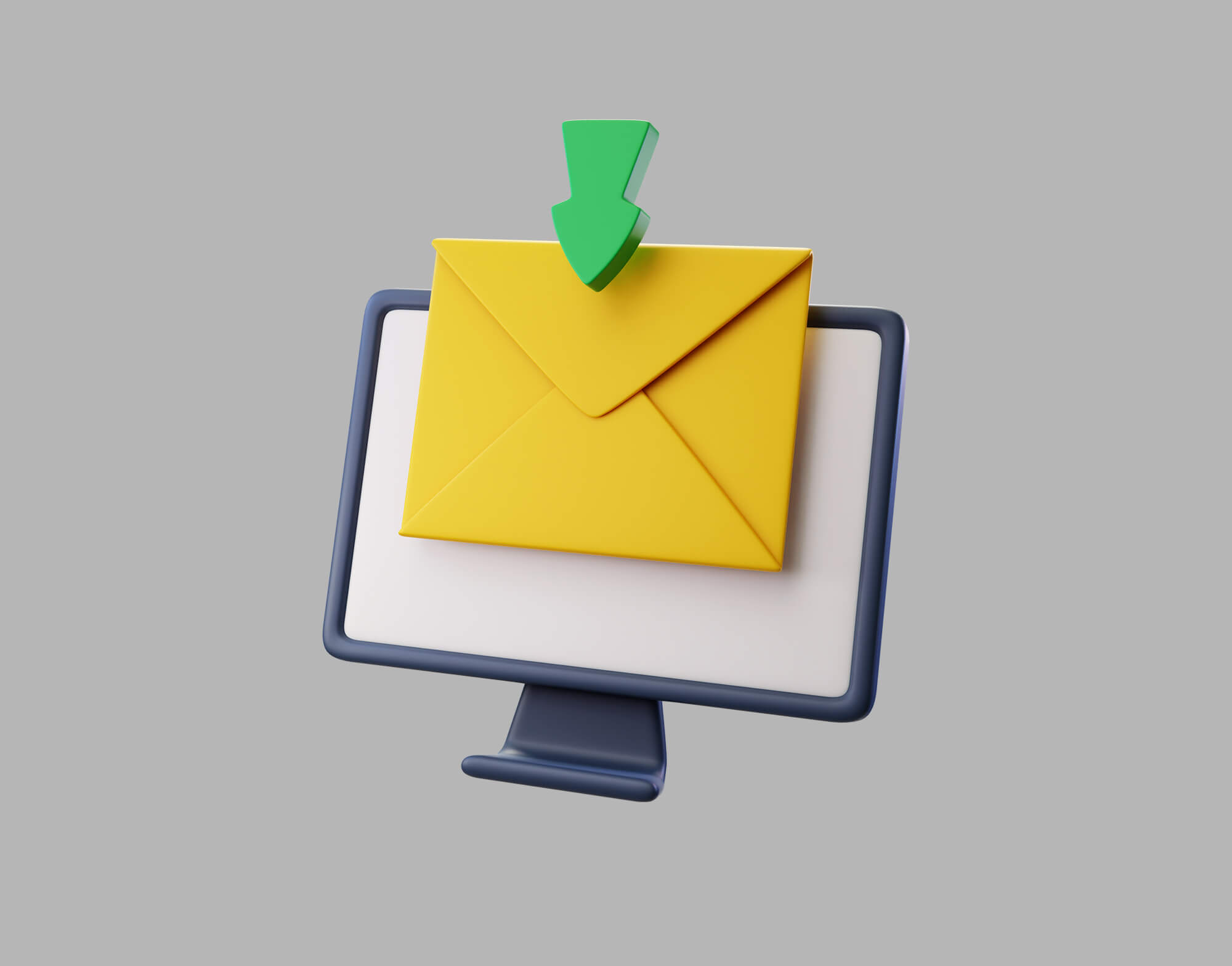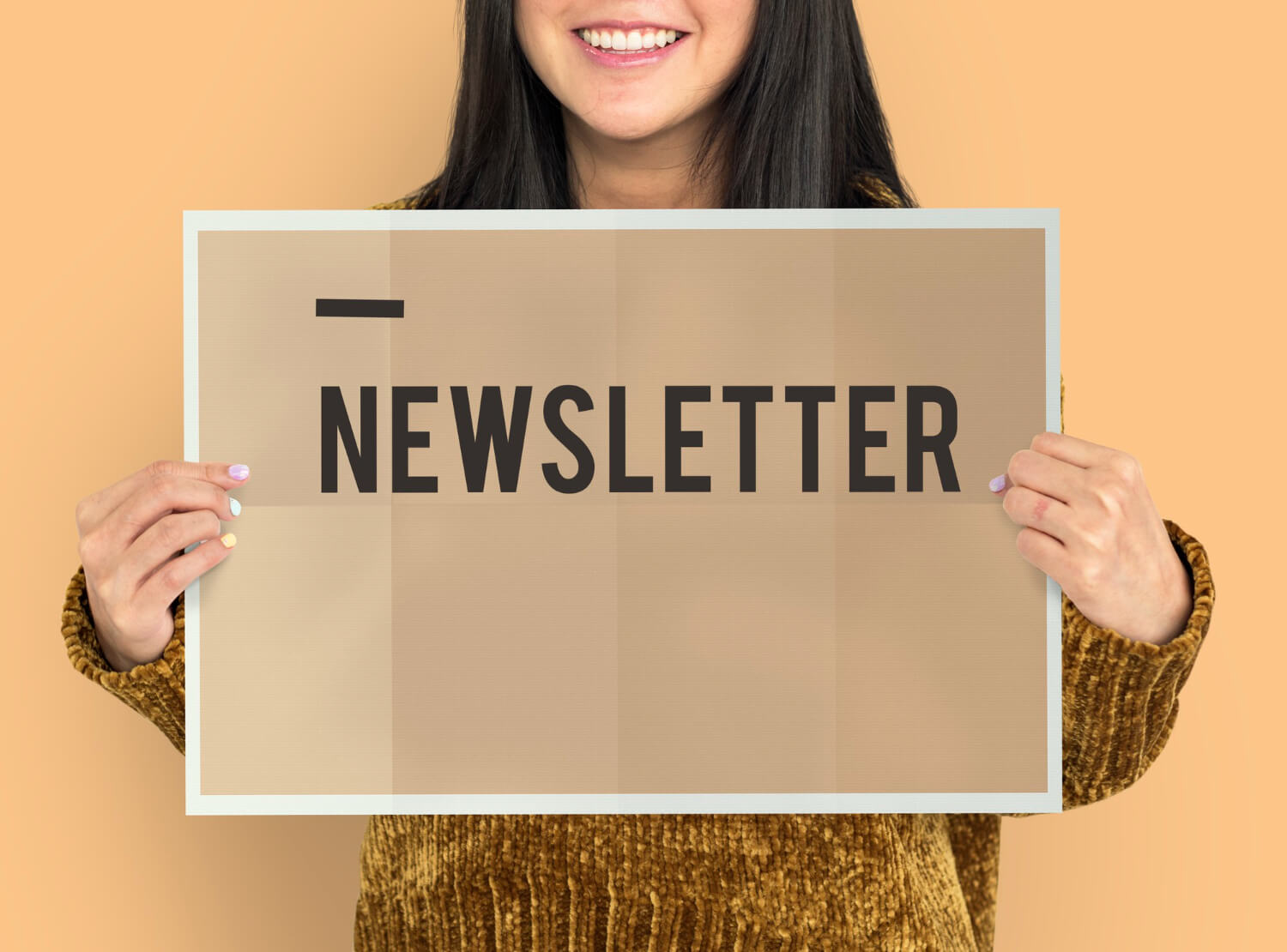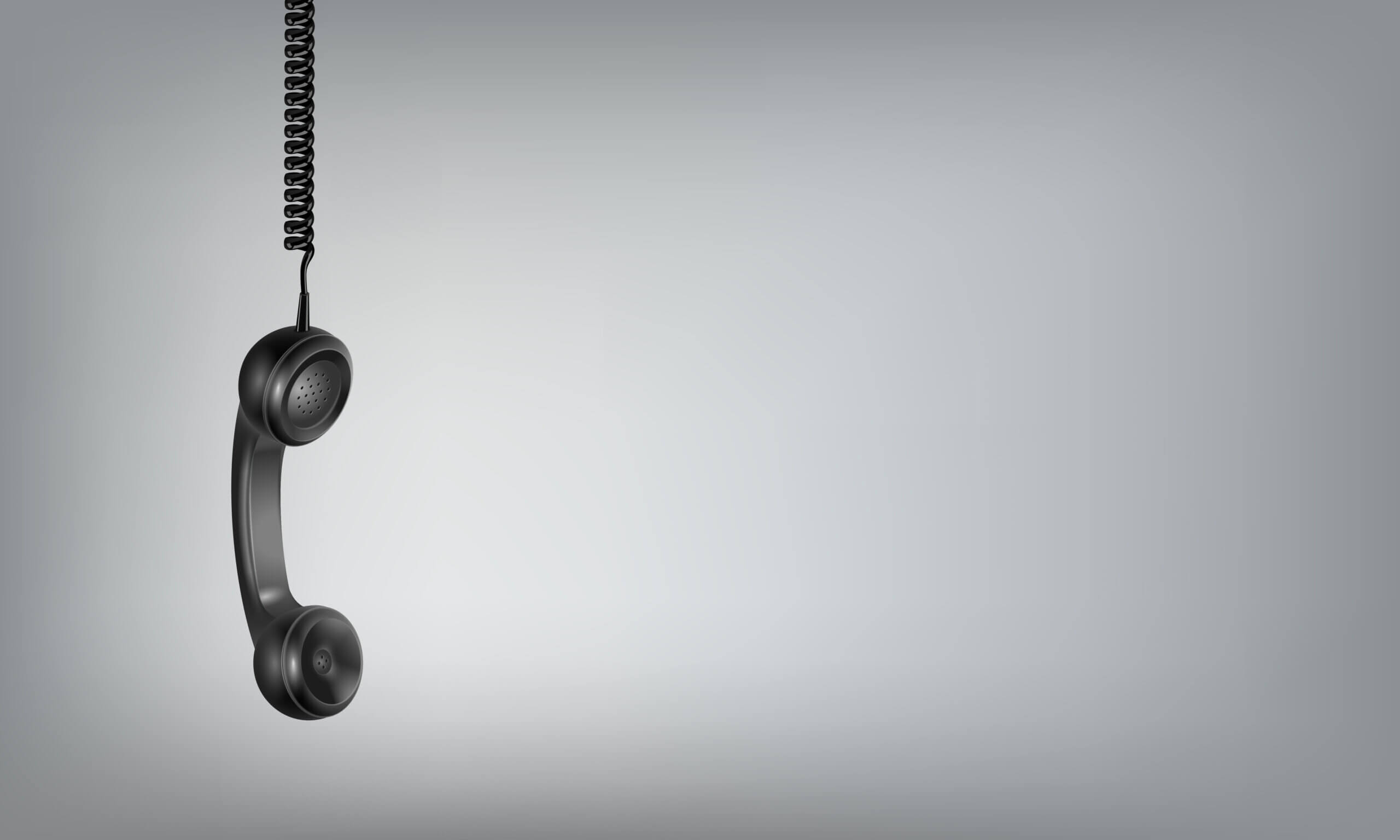Many years ago, while leading a workshop for effective presentations, I had a number of students who were actually there because they had been asked to conduct mandatory safety training. They talked about undesirable behaviors on the part of their learners: people falling asleep during the training sessions, arguing, or making inappropriate comments about the content. I asked what they would do in such cases, and their immediate response was to “kick them out of the class.” I thought this was a pretty radical reaction, so we talked about what else they could do to get through to their learners. I am not sure they bought into my suggestions to start with a more subtle intervention at that point, but I hope as they became more experienced in the classroom they tried some more subtle techniques.
Over time, as I heard and experienced similar audience behaviors, I developed and shared the Intervention Escalator, a reminder to start with subtle interventions, and move toward more extreme responses only as needed. The hope was that presenters could use subtle but active interventions to maintain harmony in meetings, presentations, or training sessions without relying on extreme or unilateral methods.
Take a look and let me know what you think of this approach. Where do you start on the scale? What is the most effective technique, in your experience? Have you had to eject participants from a classroom or meeting? Are there other steps you would suggest adding?
Intervention Escalator:
1. Ignore it. If you see or hear a behavior once, you may be able to ignore it. For example, a short side conversation, heavy eyes, or a comment you think is just a little “off” can probably be ignored for a while without fear of losing control of the classroom. Keep an eye out for continued behaviors around the room or from the same people but just take note.
2. Silence it. Instead of stopping your presentation or commenting directly to the offender, insert an extended pause into the conversation. Most times, when the room gets quiet, so do those who are indulging in side conversations. Wait until everyone is quiet, then continue without comment.
3. Eyeball them. Often you can head off a confrontation non-verbally by making extended eye contact with people who are distracting others. Your silent message is: “I have my eyes on you.” You still don’t have to be confrontational or put anyone on the spot. Just extend the eye contact beyond 5 seconds and they will get the point.
4. Stand by them. As you move around the room, standing close to those who are being disruptive can help quiet them down, again without a direct confrontation. If only one party to the side conversation is “into it” the other person may appreciate your non-verbal intervention.
5. Ask a question. As the behaviors continue unabated, you are moving toward direct action. But before you jump on someone, start with questions. Ask a question of the audience at large: for example, “I have shown you some of the facts about eye safety, now who can tell me which one you think is most compelling?” Questions sound different than questions, and this may be enough to grab the attention of those who are drifting. By the way, ask the question first, then call on someone. That way, everyone in the room must think, in case you call on them.
6. Ask for input. If lots of side discussions are breaking out, or if lots of eyes are fluttering, you are going to have to deal with it. Call it out: “I see some of you are drifting… Is it too warm in here? Do we need a break now? Did you have a question? Was there a comment you could share?” Note that it is really easy to sound sarcastic here, so try not to let that happen. You could try humor too, if it seems natural and appropriate. “Try this lecture tonight on your three year old to get her to sleep.” (And if you are lecturing, stop, and change the pace to discussion or action.)
7. Talk offline. If one or two people are causing the distraction, try connecting with them on a break. Let them know the impact of their behavior, on you and on others. Ask if there is anything you can do to keep them engaged. Let them know the consequences of continued behavior. At least this way you aren’t embarrassing them in front of others and you are giving them fair notice.
8. Divide and conquer. If certain people are developing distracting behaviors, it may help to get them apart. Break into “discussion groups” by counting off, thereby breaking up teams or whole tables who are too chatty. After lunch or a break, ask people to sit in a new spot so they can “meet new people.” In long meetings or training sessions, this is great practice anyway. Just note that people get attached to their territory and sometimes resist moving. If you use name tents, you can move them over lunch, or catch people at the door and ask them to move. If even a few people change seats it is often enough to change the dynamics.
9. Address them directly. You are getting toward the most direct approaches. If behaviors have continued to this point, you will have to address them directly. Be direct, calm, and factual. “Bill and Sam, I am going to ask for your cooperation. Let’s eliminate the side comments so we can finish our session on time.” (I love telling them this; everyone wants to finish on time.)
10. Eject them. In twenty years of leading training sessions, I have only had to ask someone to leave once or twice. But if you feel their presence is impacting or threatening the physical or psychological safety of the other participants, you will need to take action. Personally, I would ask them to step outside the room and then privately ask them to make a choice about leaving the class or changing their behavior. If you feel threatened, you will want to call security or ask for help. Hopefully, you never have to get this far on the Intervention Escalator.
It is a fine line to walk between being respectful to individuals while being a strong leader, but by starting at the bottom of the escalator, you may never have to get to the most direct actions. Don’t confuse subtlety with avoidance or evasion; take action early to maintain a healthy environment in your next meeting, training session or presentation.











